Coming to the port city of Otaru, Hokkaido province of Japan, where Eastern and Western cultures have long been intertwined, international visitors cannot miss the Otaru Music Box Museum, which is over 100 years old.
This place displays and sells about 3,200 types of music boxes with a total of 38,000 pieces, truly an ideal destination for music box collectors around the world .
The building where the Music Box Museum is located was built in the 4th year of the Taisho era (1915), originally the headquarters of the Kyosei Company - one of the leading rice trading enterprises in Hokkaido at that time.
Over a century old, this structure has been recognized by the city of Otaru as a “historical structure,” contributing to the unique charm of the music boxes displayed here.
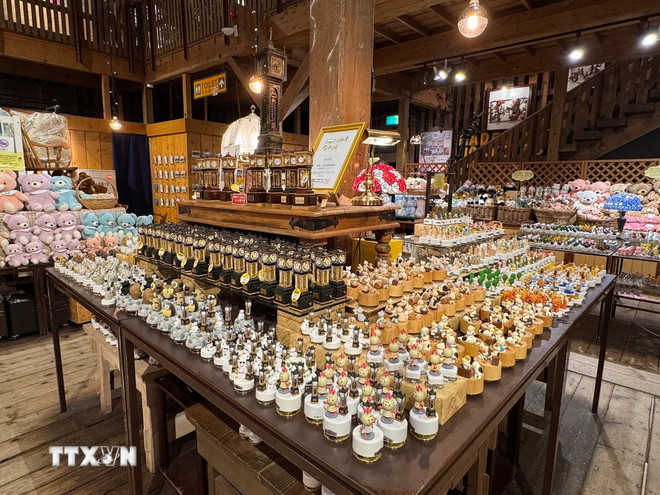
In front of the Museum is a large steam clock, considered a "sister" to the famous steam clock in Gastown (Vancouver, Canada), as they were both crafted by artisan Raymond Saunders.
The clock is designed in British style, made of brass, 5.5m high, weighs 1.5 tons and is considered the largest steam clock in the world.
The clock is powered by electricity, controlled by a computer, to generate steam from a boiler. Every 15 minutes, five steam whistles above emit a gentle sound, ringing out the time, attracting both tourists and locals to stop, listen and feel the relaxation.
Stepping inside the Museum, visitors will be overwhelmed by thousands of music boxes of all colors, sizes, types, and movements. On display here are many types of sophisticated music boxes, from sparkling antimony alloy jewelry boxes, unique kaleidoscope music boxes, to traditional Japanese handicrafts such as Aizu lacquer or Chirimen fabric..., with all kinds of materials from wood, glass, plastic and even stuffed animals.
The interesting thing is that visitors can not only find beautiful boxes, but also choose their favorite songs such as "Top of the world" by the Carpenters or immortal songs by world artists.
In addition to mass-produced products that can be purchased as gifts or souvenirs, the Museum also displays and sells high-end music box products from famous brands such as Reuge from Switzerland or Orpheus from Japan. Here, music box “fans” can also order on demand for each type according to their personal preferences.
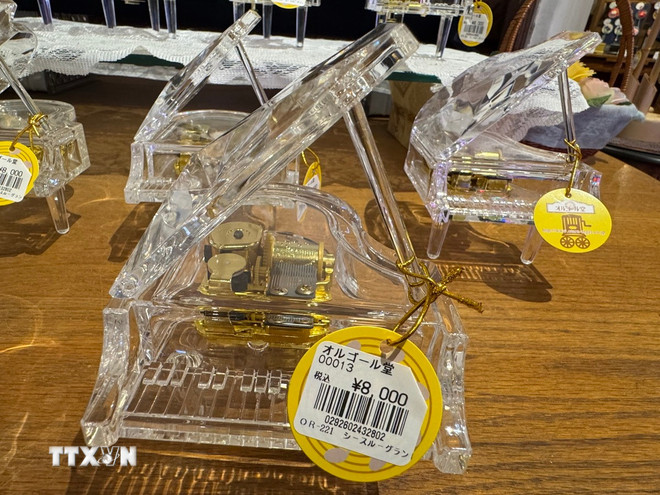
The museum also has a dedicated space to introduce the history of music boxes and the manufacturing process from the early stages of the 16th century to today's sophisticated techniques. Accordingly, music boxes originated in medieval Europe, when church bells were used to tell people the time.
To automate this process, a device called the Carillon - an automatic system of musical bells - was invented. The first Carillon was installed in the Church of St. Nicolas in Brussels in 1381 and is considered the origin of the modern music box.
Thanks to the invention of the mainspring, watchmaking technology made great progress. By the 1780s, watchmakers were creating watches for the nobility that had integrated chimes or organ music.
By 1796, Swiss craftsman Antoine Favre invented the first cylindrical music box.
Around 1840, clockmakers in the Jura region of Switzerland began mass-producing music boxes by hand in their homes.
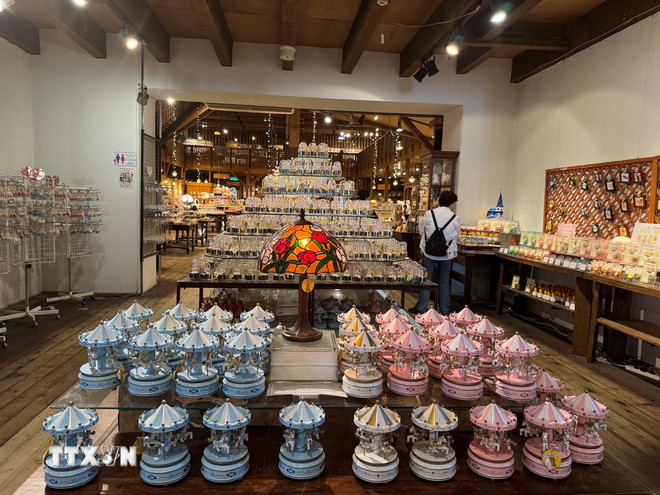
In 1886, in Germany, the Disc Music Box was born - allowing the disc to be changed to play different songs, overcoming the weakness of the cylindrical music box. This paved the way for industrial production, turning the music box into a major industry in Germany.
By 1877, Thomas Edison invented the phonograph, and by about 1910, phonographs became popular, causing the music box to gradually fall into oblivion.
Although some instruments such as automatic pianos and street organs remained popular, by the 1920s most music box manufacturers had gone out of business.
In Japan, music boxes were introduced in 1852 by the Dutch and created a “fever” before entering a period of decline. Nowadays, music boxes are mainly used as souvenirs or gifts for friends and relatives./.
Source: https://www.vietnamplus.vn/bao-tang-hop-nhac-otaru-noi-luu-giu-am-thanh-cua-thoi-gian-post1037398.vnp


![[Photo] General Secretary To Lam visits exhibition of achievements in private economic development](https://vphoto.vietnam.vn/thumb/1200x675/vietnam/resource/IMAGE/2025/5/18/1809dc545f214a86911fe2d2d0fde2e8)




![[Photo] Ready for the top competitions of Vietnamese table tennis](https://vphoto.vietnam.vn/thumb/1200x675/vietnam/resource/IMAGE/2025/5/18/9c547c497c5a4ade8f98c8e7d44f5a41)
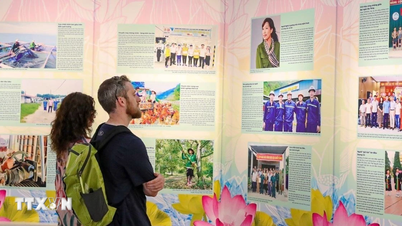






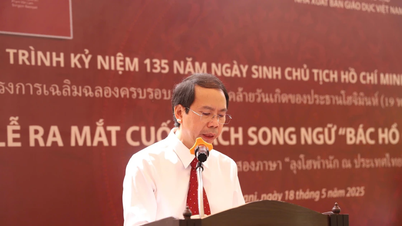









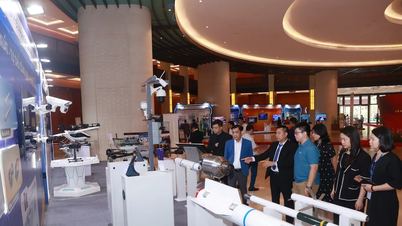
![[Photo] National conference to disseminate and implement Resolution No. 66-NQ/TW and Resolution No. 68-NQ/TW of the Politburo](https://vphoto.vietnam.vn/thumb/1200x675/vietnam/resource/IMAGE/2025/5/18/adf666b9303a4213998b395b05234b6a)



















































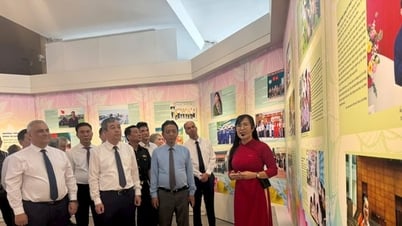












Comment (0)